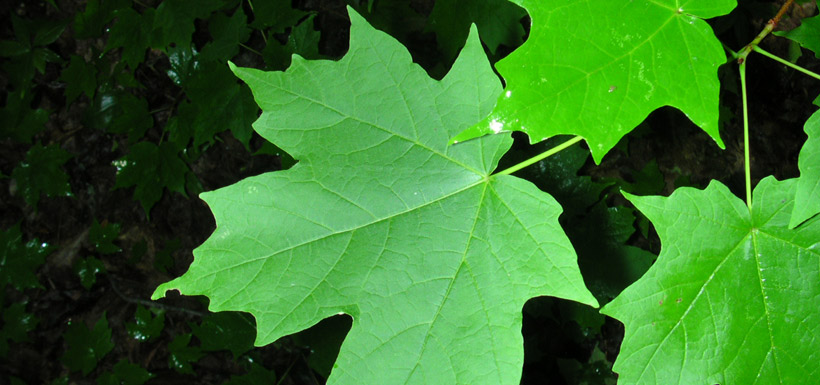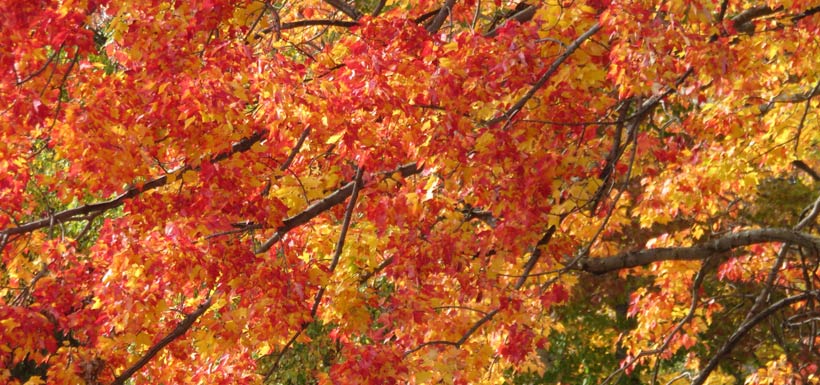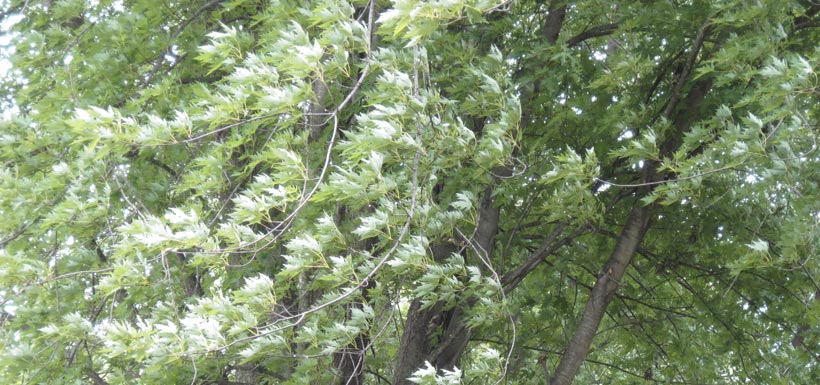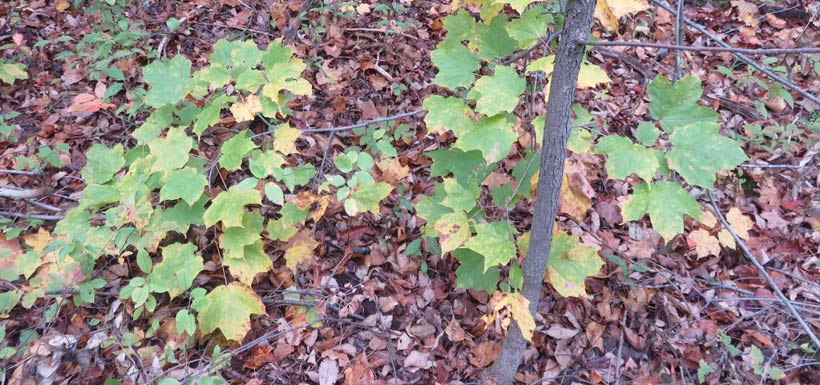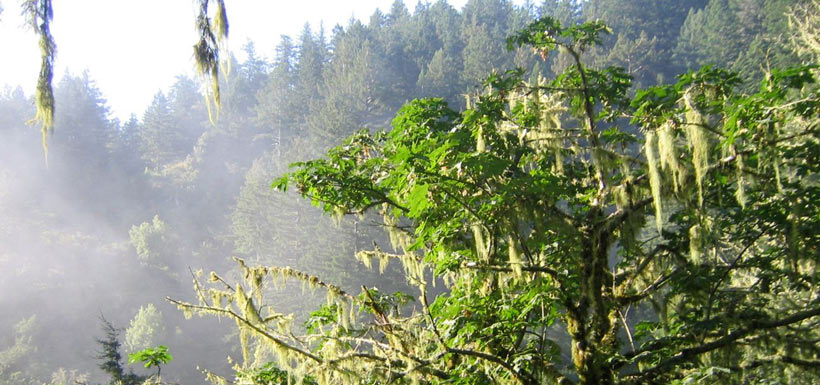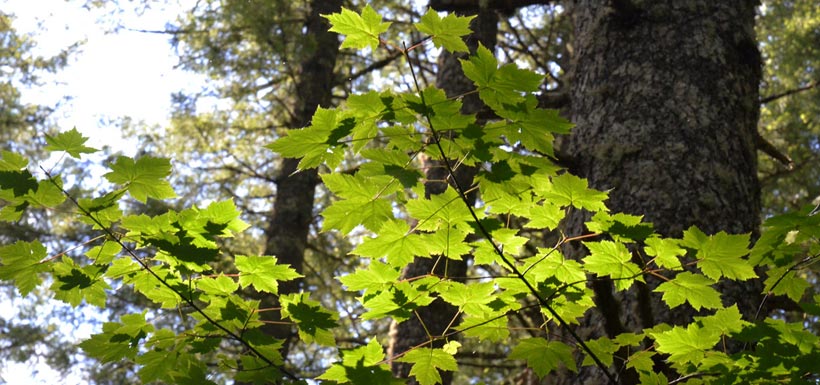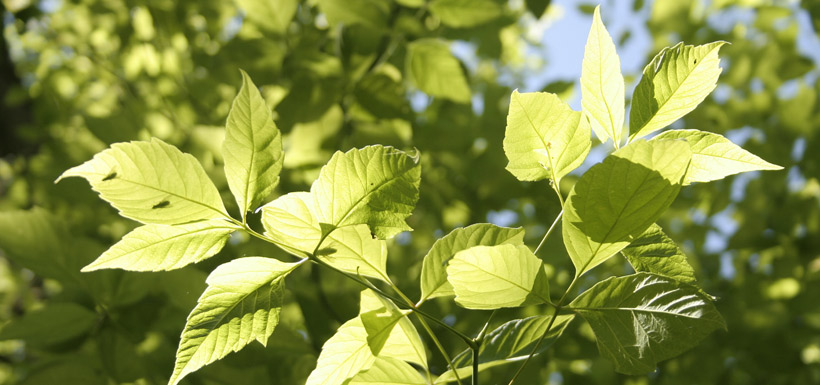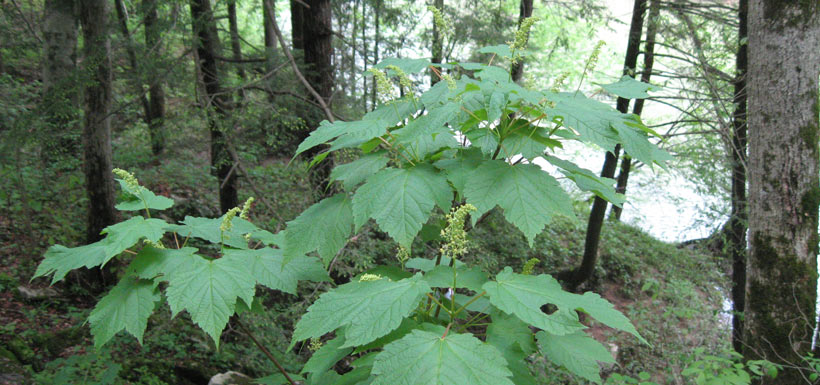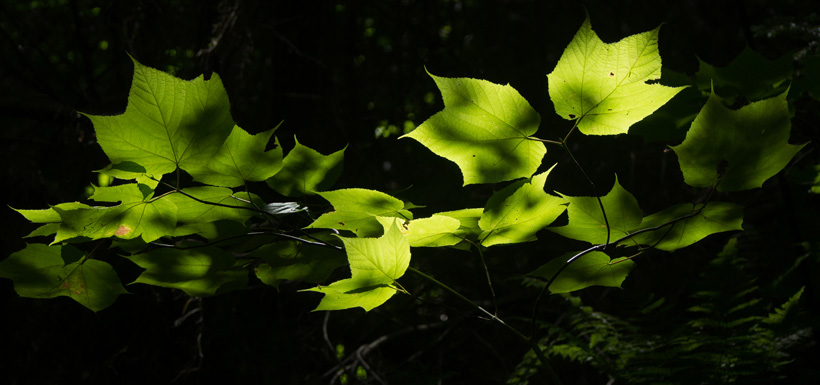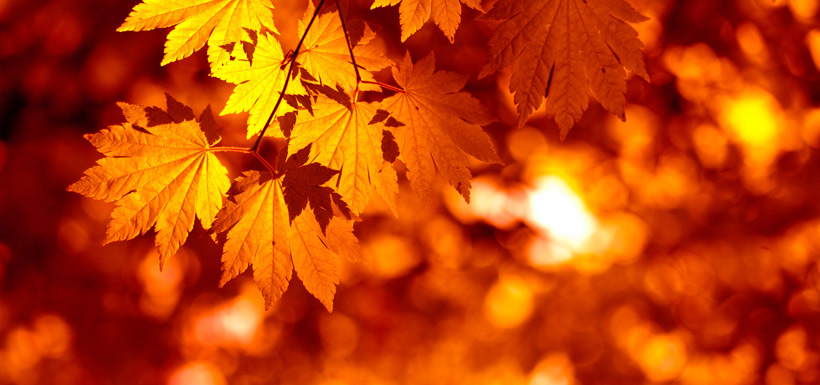Tap into the power of maple trees
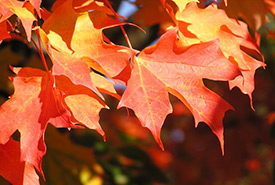
Sugar maple (Photo by Liz West)
With maple tree tapping (sap extraction) season now underway, it’s the perfect time to talk about maple trees. I have fond childhood memories of maple trees, and I have witnessed the growth of a maple tree in my front yard over the years.
One early spring day, I recall peering out my living room window and catching a glimpse of a small seedling in our yard that seemingly appeared out of nowhere. Neither my parents nor I planted it, so a seed must have blown over from a nearby maple tree and planted itself in the grass. With its dark red leaves, it really stood out. Despite moving out of that house almost 10 years ago, I still live nearby and occasionally pass by it, giving me the opportunity to see this beautiful tree, which has grown significantly.
As a child, my breakfasts often consisted of maple and brown sugar-flavoured instant oatmeal or Eggo waffles, which I drowned in maple syrup to ensure every square was filled. I also remember visiting a sugar shack in Quebec with my parents when I was six years old and tasting maple taffy for the first time. I was fascinated by how it was made: after boiling the syrup, the sugar shack employees poured the syrup in horizontal lines on snow patches. They then grabbed Popsicle sticks and rolled them along the lines of the syrup to make the sweet treats.
Maple trees are useful for much more than lip-smacking syrup. Their wood is used by the lumber industry to make flooring, furniture, interior woodwork, plywood and veneer. They also provide shade, which helps reduce electricity use in the summer months. In fact, sugar maples are often planted for this purpose. As well, their vibrant fall colours attract tourists to areas where the trees are abundant, helping Canada’s tourism industry.
Not only are maples useful to people, they are also important for wildlife and the environment. They are often a major component of northern temperate forests. For example, their fruits, buds and twigs are a food source for several mammal and bird species, and many butterfly species consume their sap. They also provide shelter for many bird, mammal and insect species. The leaves of the sugar maple provide habitat for around 300 moth and butterfly species.
Maples also enrich the surrounding soil when their fallen leaves decompose, raising the soil’s mineral content and making it less acidic. This helps plant roots better access water and nutrients. Maples also control erosion, reduce atmospheric dust and help manage surface water run-off.
When most people think of maples, the sugar maple often comes to mind. This is probably because this species’ sap is what is primarily gathered and processed to make maple syrup and sugar. The Canadian flag also features the sugar maple leaf in its centre, and our national arboreal symbol is the sugar maple.
The sugar maple, however, is only one of more than 100 maple species found throughout the temperate forest zone of the northern hemisphere. Two-thirds of these species are found in eastern Asia, and only 10 are native to Canada. These are the sugar, red, silver, black, bigleaf, Douglas, Manitoba, mountain, striped and vine maples. Other non-native maple species introduced from Europe or Asia, such as sycamore, Norway, amur and Japanese maples, are also planted and grown in Canada. Maples grow in all provinces, but none grow in the territories.
So the next time you drown a stack of pancakes or waffles in sweet, mouth-watering maple syrup or glance at our nation’s flag, remember that maple trees offer more than meets the eye.

